Penguins on parade
How to recognise Antarctica's penguin species
Penguins are one of the most popular animals that travellers to the Antarctic come to see. Of the 17 species of penguin, seven are familiar to the region. Some are migratory, while others live in the White Continent’s waters permanently. Regardless, visitors to Antarctica will be hard pressed not to see a penguin colony on their trip.
Penguins are highly adapted to Antarctic conditions. Although unable to fly, these birds are excellent swimmers and are adapted to diving to great depths in search of food. Their diet consists mainly of krill and small fish, and they, in turn, are hunted by seals and whales.
Most penguin species are incredibly social, congregating in large colonies on the ice to breed in — usually — monogamous partnerships. These parents will then take it in turns to head out onto the water to eat before heading back to feed their newborn chick.
Your best bet for seeing penguins in Antarctica is to head to South Georgia Island and Macquarie Island. The Falkland Islands is also a haven for the Magellanic penguin. Visit between October and February for the best chance of seeing a variety of penguin species.
Five of Antarctica's most interesting penguins
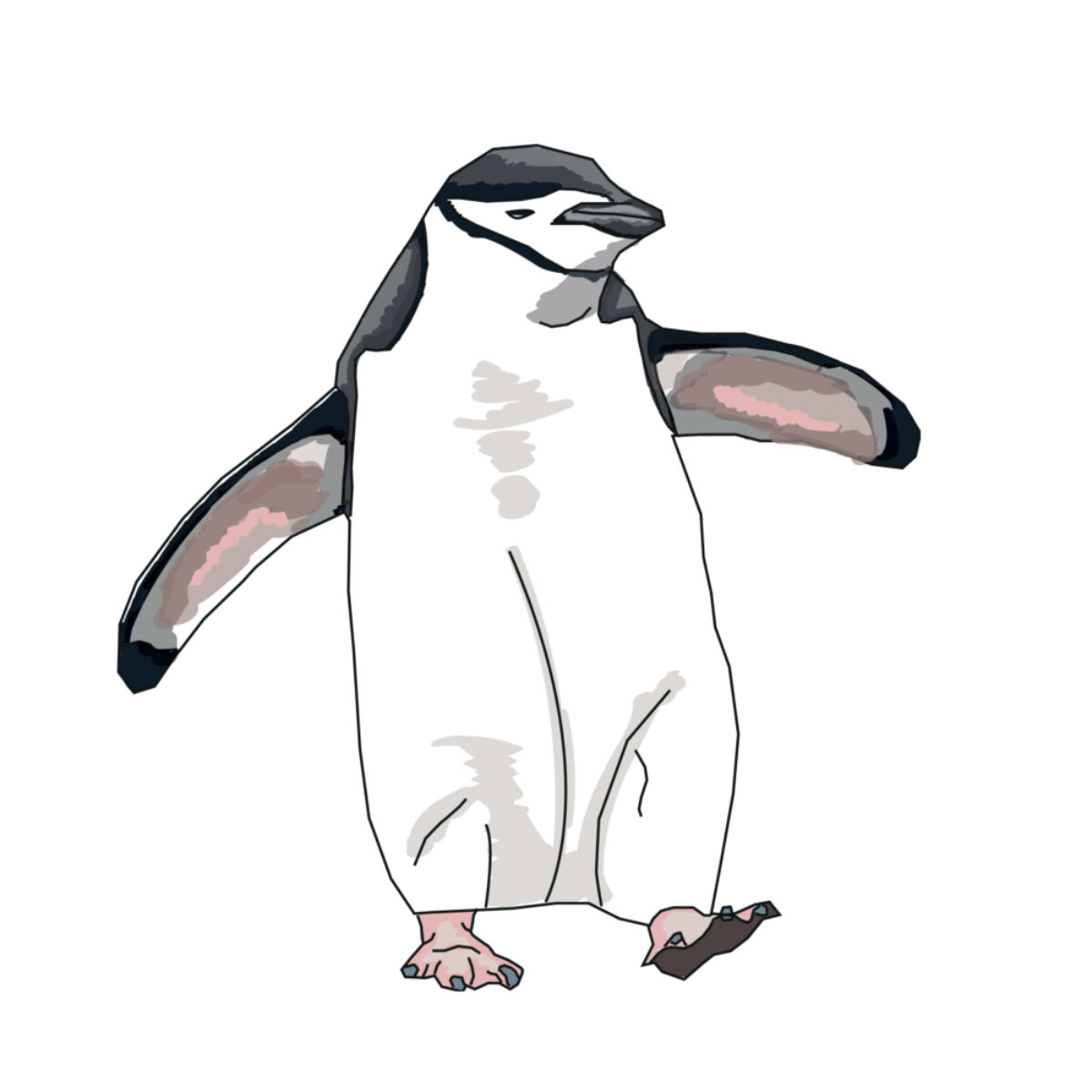
Chinstrap penguin
Named for the narrow black band under its head, the abundant chinstrap penguin is best viewed on the Antarctic Peninsula.
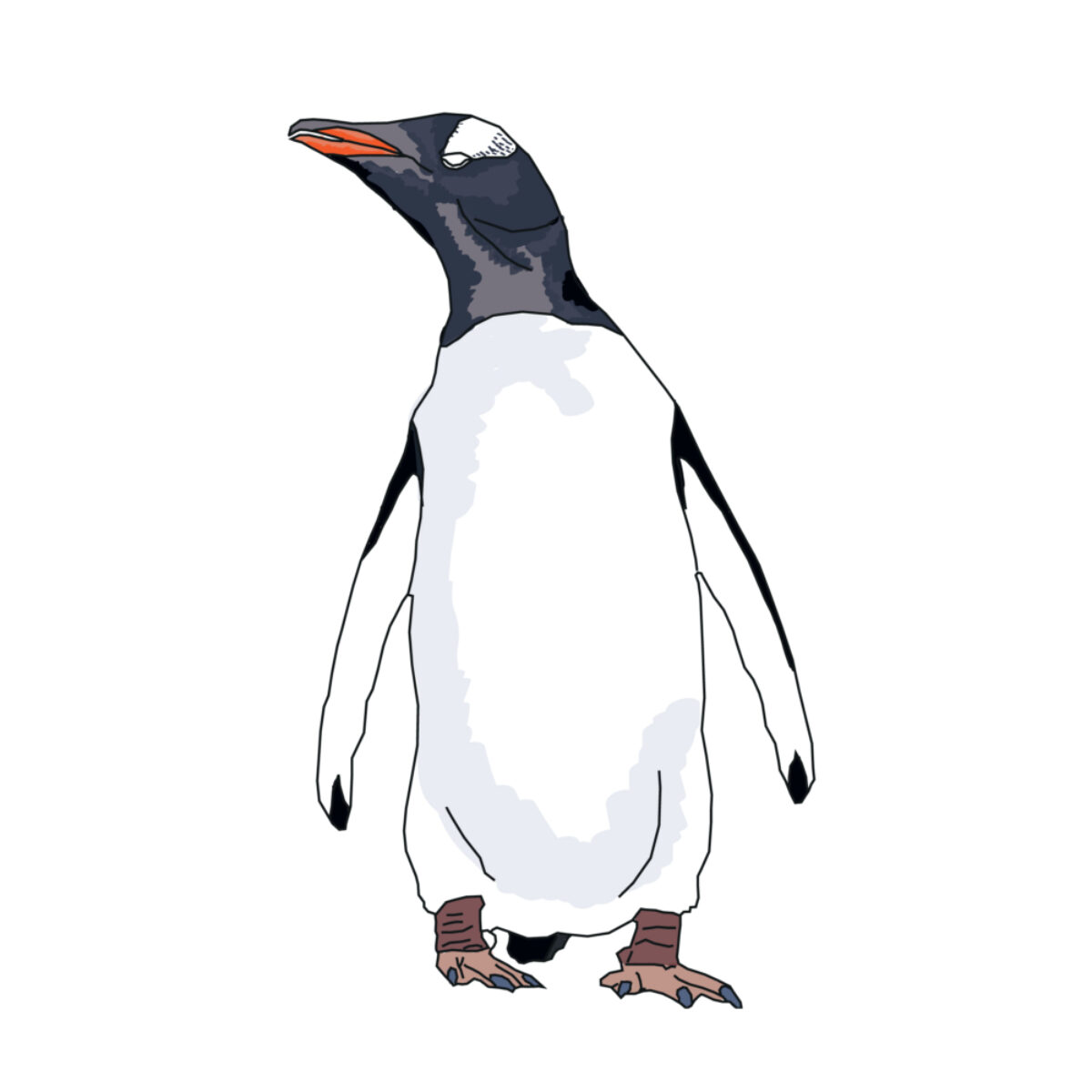
Gentoo penguin
Found across the islands around Antarctica, look for the gentoo penguin’s bright orange bill and white eye patches.
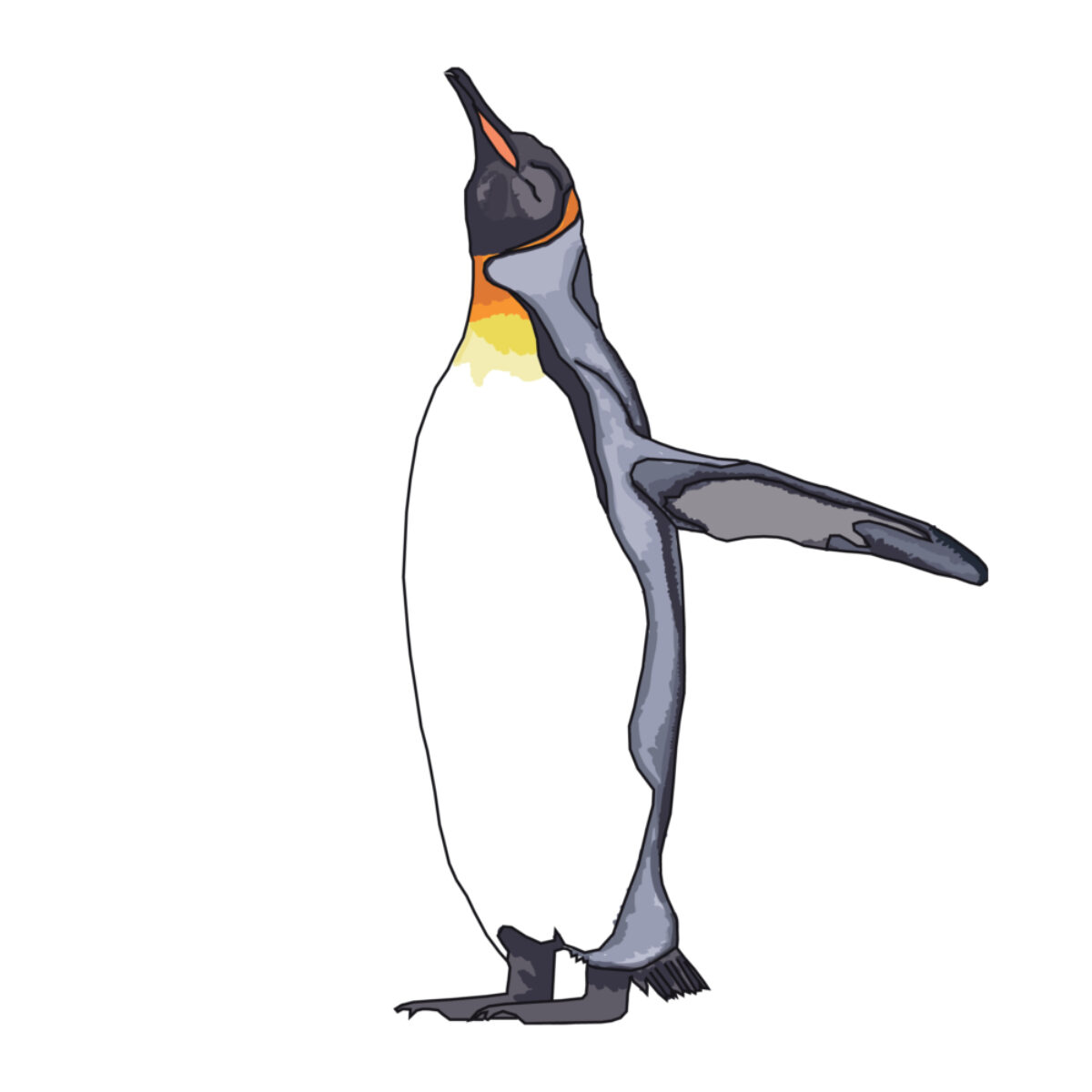
King penguin
The second largest of all penguin species, king penguin’s are recognisable by their bright orange ear patches that extend to their chests.
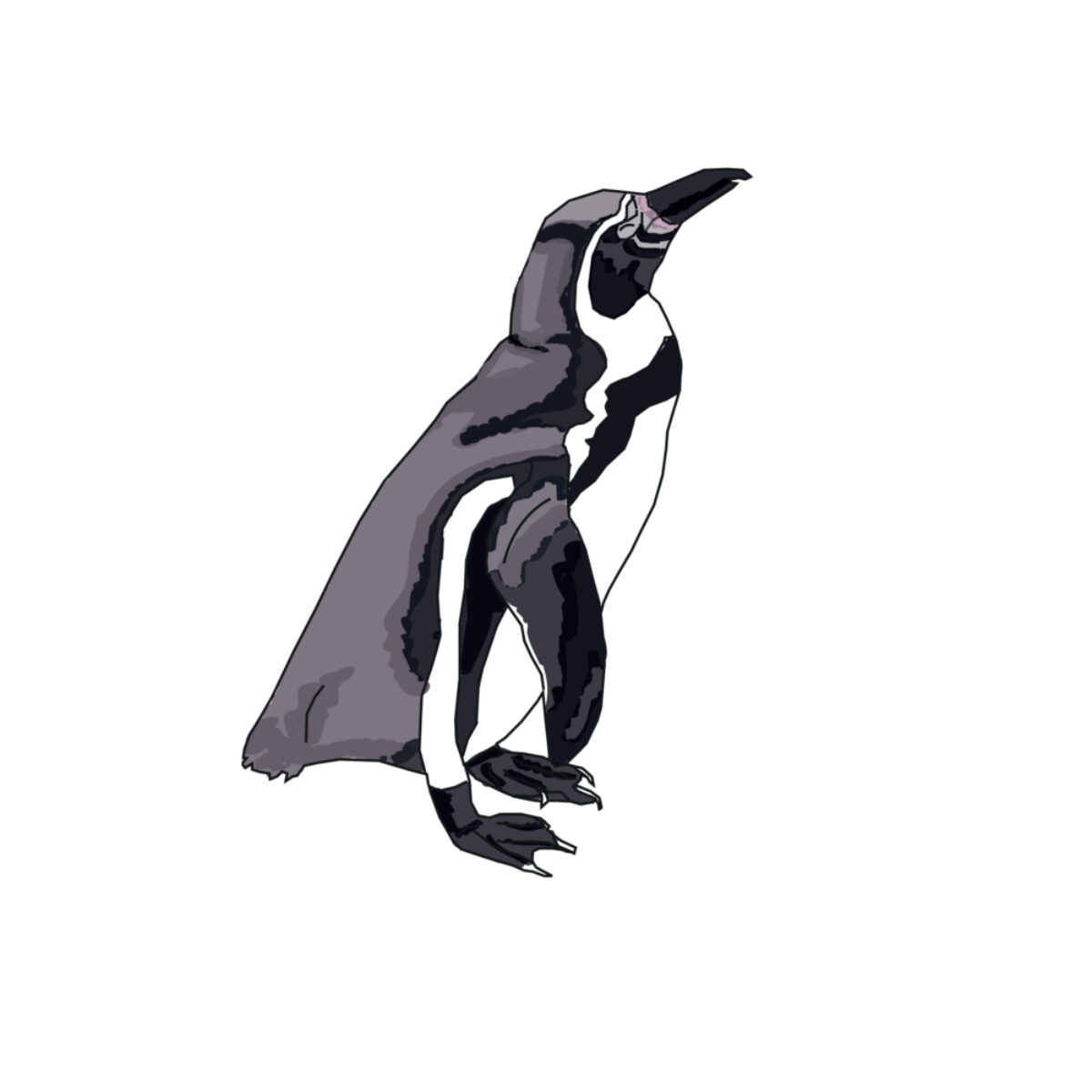
Magellanic penguin
Mostly found near the Falkland Islands, some Magellanic penguins do migrate as far as the Antarctic Peninsula.
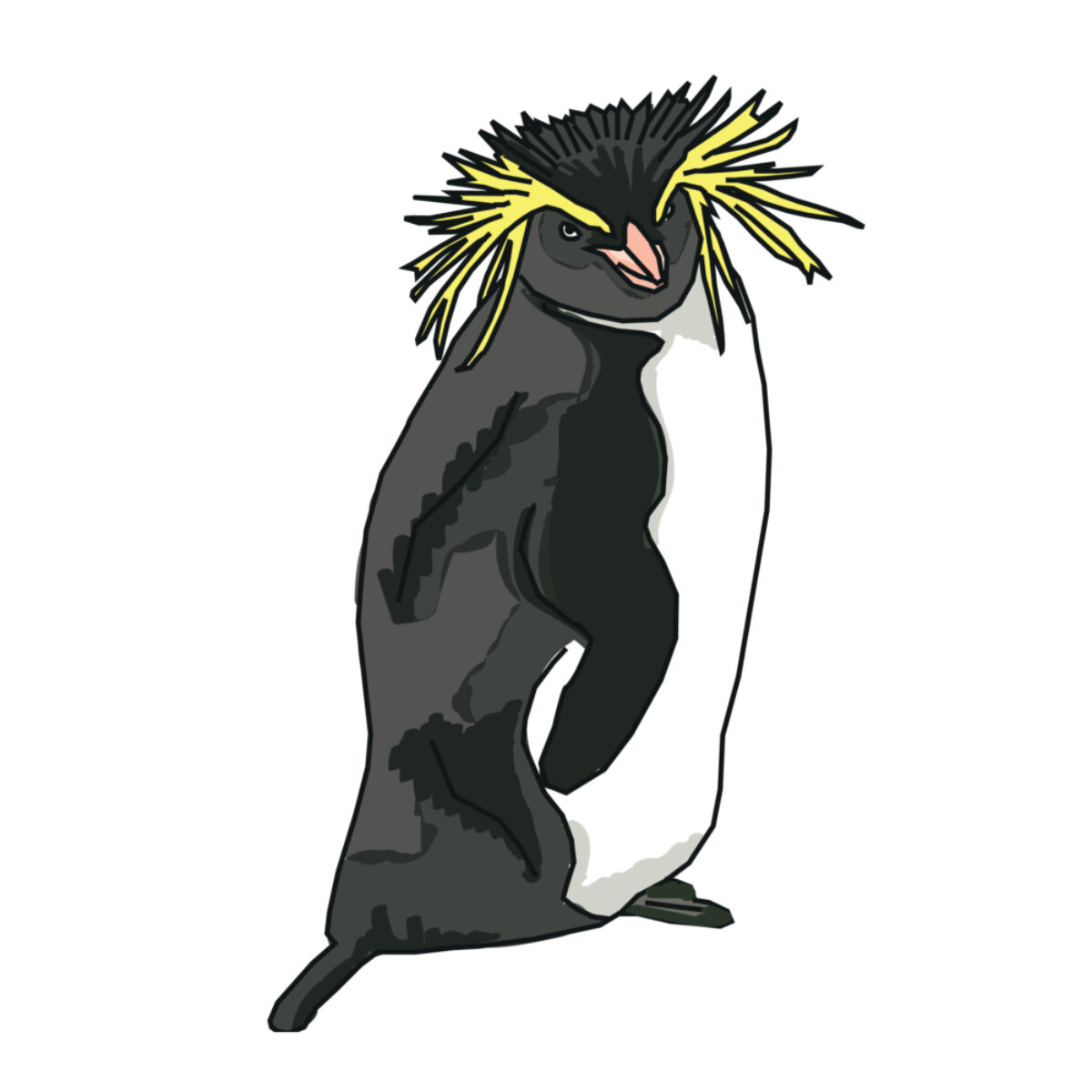
Rockhopper penguin
One of the smallest penguin species, the rockhopper is best known for the golden tufts of hair sprouting from its head.




